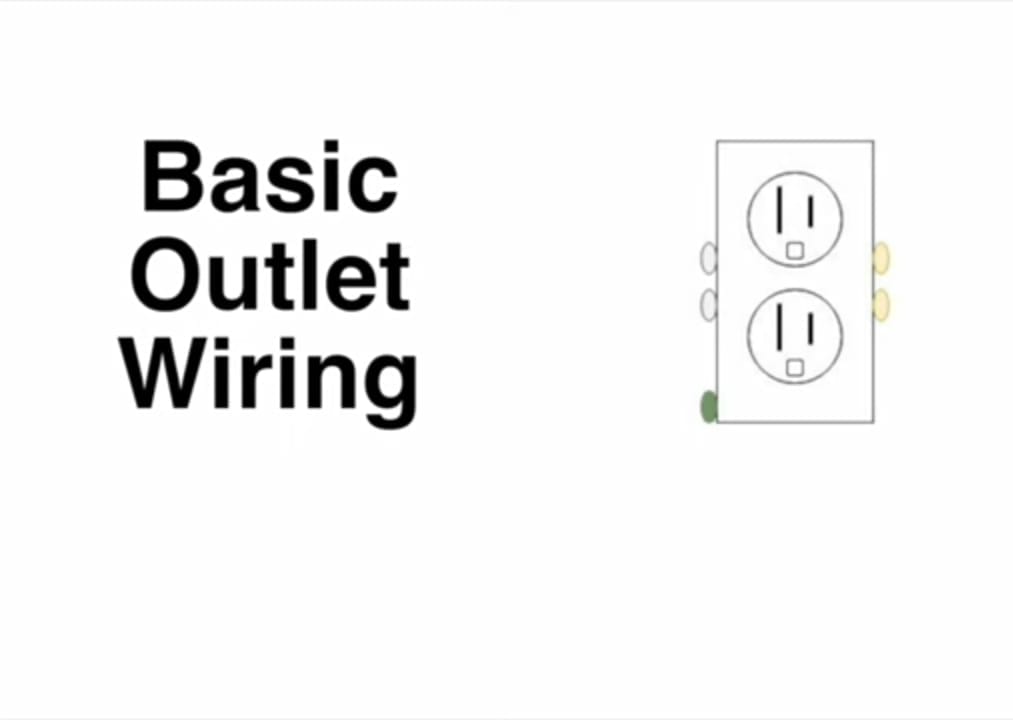Table of Contents
Introduction
Electrical outlets form an essential part of residential and commercial electrical infrastructure. They provide the interface between electrical devices and a building’s power distribution system. For students pursuing electrical engineering or a related field, understanding the principles and practices of electrical outlet wiring is crucial not only for practical installations but also for developing safe and efficient circuit designs.
1. Understanding the Electrical Outlet
An electrical outlet, also known as a receptacle, facilitates the transfer of electrical energy from the building’s power supply to appliances and devices. The term “electrical outlet wiring“ refers to the physical and schematic method of connecting hot, neutral, and ground conductors to an electrical outlet. Correct wiring ensures safe operation, circuit integrity, and compliance with electrical codes, such as the National Electrical Code (NEC).
Standard NEMA 5-15 outlets in North America typically consist of:
- Hot terminal (brass screw): Receives 120V AC from the source
- Neutral terminal (silver screw): Returns current to the panel
- Ground terminal (green screw): Provides a low-resistance path to earth to prevent electric shock
2. Common Types of Electrical Outlets
Electrical engineering students should be familiar with the following outlet types, each tailored for specific applications and safety requirements:
- Standard Duplex Outlets (NEMA 5-15): General-purpose outlets rated for 15 amps and 125 volts.
- GFCI (Ground Fault Circuit Interrupter): Required in wet areas, these detect current imbalances and disconnect power within milliseconds.
- AFCI (Arc Fault Circuit Interrupter): Protects against electrical fires caused by arcing faults in wiring.
- USB Integrated Outlets: Combine traditional receptacles with USB ports for direct device charging.
- Smart Outlets: Enable remote control and energy monitoring via wireless protocols.
- Tamper-Resistant Receptacles: Designed to prevent foreign objects from entering the slots, enhancing child safety.
3. Components of an Outlet System
Understanding the functional components of an outlet system is essential:
- Hot Conductor (typically black or red)
- Neutral Conductor (white)
- Ground Conductor (bare copper or green)
- Receptacle Unit
- Faceplate
- Mounting Screws
- Electrical Box (metallic or non-metallic)
These components must be assembled following code-compliant practices and standards such as IS 732 (India) or NEC (USA).
4. Tools and Materials Required
Professional and academic work on outlets requires:
- Digital Multimeter or Voltage Tester
- Wire Strippers (14/12 AWG)
- Insulated Screwdrivers
- Electrical Tape
- Romex (NM) Cable
- Wire Nuts
- Flush or Surface-Mount Electrical Box
- Needle-Nose Pliers
- Labeling Tape (for multi-outlet installations)

5. Safety Protocols
Before any wiring task:
- Isolate the circuit at the breaker or fuse box.
- Confirm zero voltage using a voltage tester.
- Use PPE such as insulated gloves and tools.
- Never work on energized circuits.
- Follow IEEE and local building codes.
6. Outlet Wiring Procedure
Step 1: Power Isolation
Switch off the corresponding breaker. Use a multimeter to confirm that no voltage is present at the outlet terminals. Never assume power is off without verifying.
Step 2: Wire Preparation
Carefully strip approximately 3/4 inch of insulation from each conductor. When doing this, avoid nicking or weakening the copper strands inside. Damaged strands may cause overheating, resistance buildup, or even fire hazards.
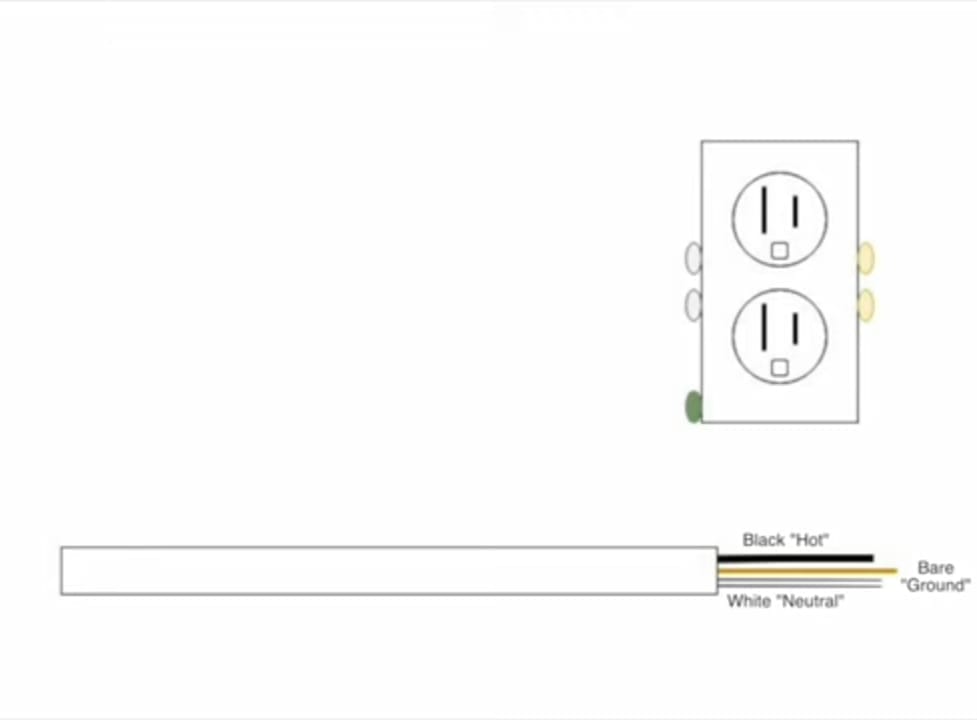
Step 3: Terminal Connections
Make precise and secure connections:
- Attach the black (hot) wire to the brass terminal screw.
- Connect the white (neutral) wire to the silver terminal screw.
- Secure the bare copper or green (ground) wire to the green terminal screw.
Loop each wire clockwise around the terminal screw. This direction ensures that tightening the screw pulls the wire into firm contact, not out of it.
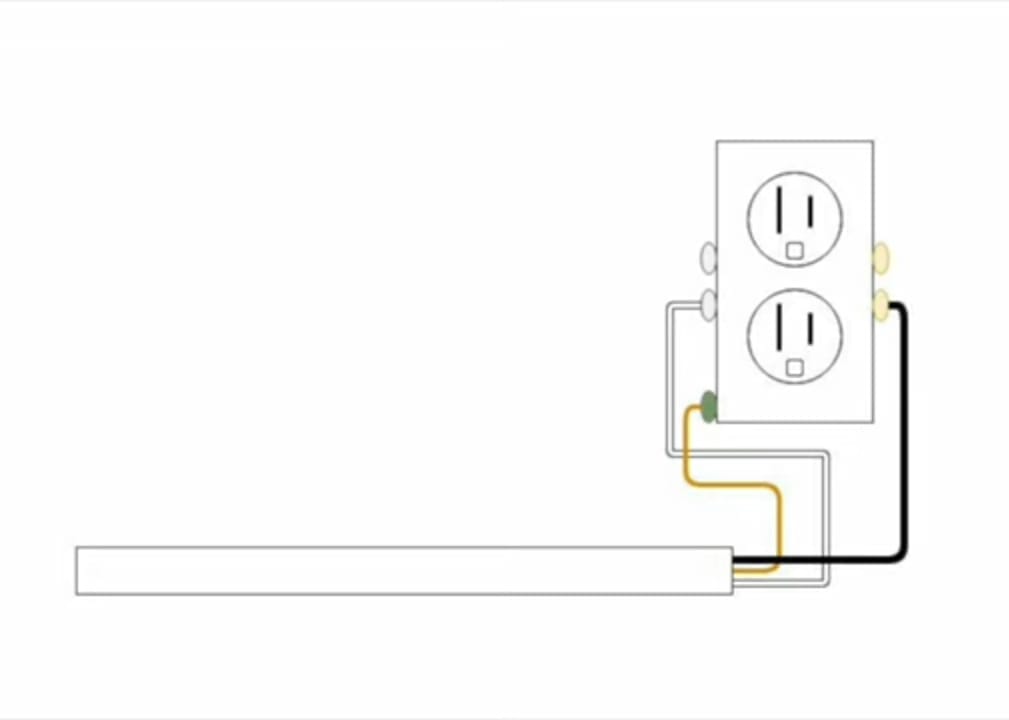
Step 4: Mounting the Outlet
Gently fold the wires into the electrical box, ensuring none are pinched or sharply bent. Align the outlet with the box and fasten it using the mounting screws. Do not overtighten, as this may crack the receptacle or deform the box.
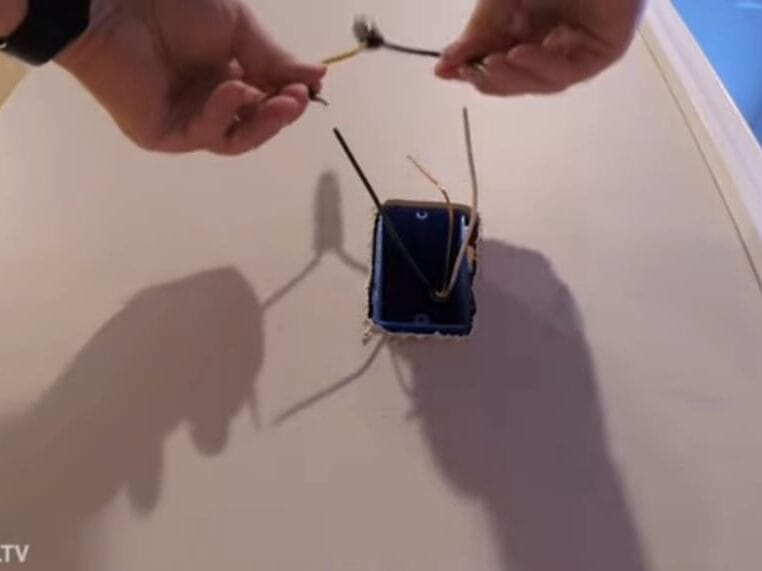
Step 5: Faceplate Installation
Install the faceplate over the outlet to protect wiring and maintain appearance. Align it properly and tighten the faceplate screw until snug. Avoid overtightening to prevent cracking the plate.
Step 6: Restore Power and Verify
Turn the breaker back on. Use a plug-in outlet tester to verify correct installation. This device checks for open grounds, reversed polarity, and voltage. Only after testing and confirming all connections are proper should the outlet be used.
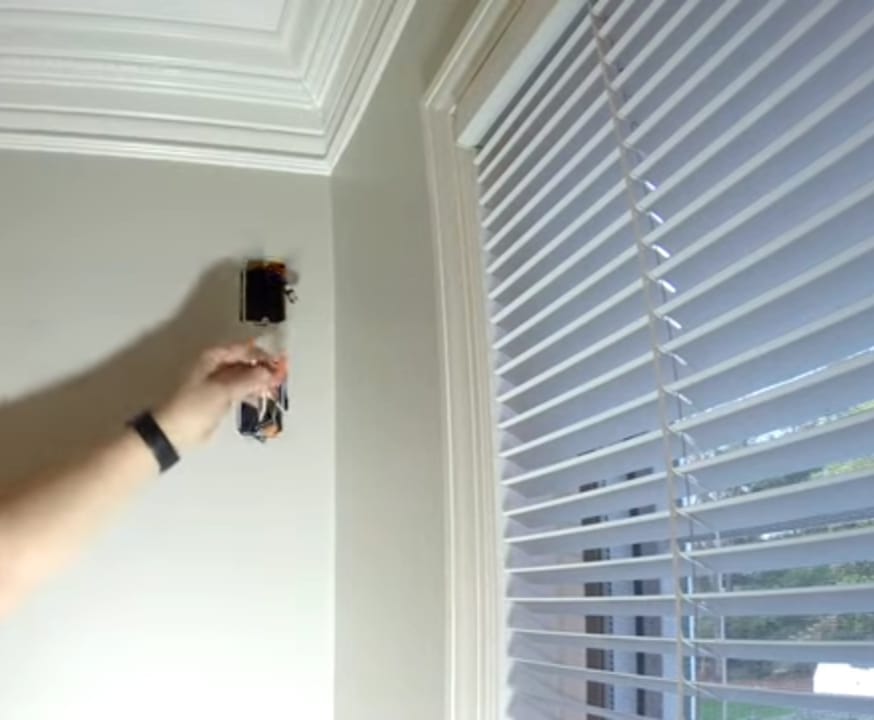
7. Wiring Diagrams and Configuration Examples
Single Outlet Configuration
A basic single-outlet setup involves wiring a single receptacle directly to the incoming line. This is the most straightforward configuration and includes three essential wires: hot, neutral, and ground. The hot wire delivers the power, the neutral completes the circuit, and the ground provides a safe path for fault current. This setup is ideal for dedicated loads like refrigerators or microwaves, where a single outlet is required for a specific device.
Daisy-Chained Outlets
In a daisy-chain configuration, multiple outlets are connected in a way that allows them to share a single power source. Electrically, they are wired in parallel, so each outlet receives the full circuit voltage. This is achieved using the pigtail method, where a short wire connects the outlet terminals to the continuous circuit conductors using wire nuts. This approach provides better reliability and voltage stability and also isolates each outlet, making it easier to maintain or replace one without affecting the others.
GFCI Installation
Ground Fault Circuit Interrupters (GFCIs) are vital for safety in wet or damp environments like bathrooms and kitchens. To wire a GFCI correctly, connect the line wires (incoming power from the breaker) to the LINE terminals on the GFCI receptacle. Then, connect any load wires (wires going to other downstream outlets) to the LOAD terminals. This setup ensures that the downstream outlets are also protected. Improper wiring—such as reversing the line and load—will disable the GFCI’s protective features, even if it appears to work normally.
8. Common Errors to Avoid
- Reversed polarity: Incorrect connection of hot and neutral wires, which can cause unsafe operation or equipment damage
- Missing ground connection: Fails to provide a safe path for fault current, increasing the risk of electric shock
- Overloaded circuits: Plugging in too many devices or exceeding the outlet’s amp rating may cause overheating or fire
- Backstabbing wires: Inserting wires into push-in holes at the back of outlets may save time, but often leads to loose connections
- Loose connections: Poorly secured wires can lead to arcing, intermittent faults, and fire hazards
9. Troubleshooting Techniques
- Non-functional outlet: Begin by checking the breaker panel to ensure the circuit isn’t tripped. Then test the outlet for continuity and voltage using a multimeter.
- Tripping GFCI: Look for possible ground faults in appliances or wiring. Also, verify that the line and load connections on the GFCI are correct.
- Overheating outlet: This could be caused by an overloaded circuit, loose wire connections, or aging outlet components. Replace as needed.
- Flickering devices: Commonly caused by arcing, loose terminals, or poor contact between plug and outlet blades. Secure connections or replace faulty outlets.
10. When to Consult a Licensed Electrician
- Complex installations (multi-outlet circuits, subpanels)
- Signs of deterioration in existing wiring (e.g., aluminum wiring)
- Regulatory inspections
- Renovation or code upgrade scenarios
Additional Academic Considerations
- Voltage Drop Calculations: Important in long wire runs.
- Load Calculations: Ensuring amperage is within design limits.
- Code Compliance: Refer to IS, NEC, and IEC standards.
- Thermal Effects: Consideration for conductor derating.
Conclusion
Mastering electrical outlet wiring equips future electrical engineers with foundational knowledge applicable to residential, commercial, and industrial contexts. Beyond practical skills, it fosters a deeper understanding of safety standards, current paths, and circuit behavior. Whether designing systems or troubleshooting faults, proper wiring knowledge remains essential.
FAQ
What is electrical outlet wiring?
Electrical outlet wiring refers to the process of connecting electrical wires to a power outlet so that it can safely deliver electricity to devices like lights, TVs, fans, and other appliances.
Why is proper outlet wiring important?
Proper wiring ensures:
Safe electricity flow
Prevention of electric shocks and fire hazards
Proper functioning of connected appliances
Compliance with electrical codes and standardsWhat are the main wires used in outlet wiring?
There are typically three types of wires:
Live (Hot) wire (Black or Red): Carries current from the source
Neutral wire (White): Completes the electrical circuit
Ground wire (Green or Bare Copper): Protects against electrical faultsWhat is GFCI outlet wiring?
GFCI (Ground Fault Circuit Interrupter) outlets are used in wet areas like bathrooms, kitchens, and outdoors.
They protect against electric shocks by cutting power when a fault is detected.
GFCI wiring is slightly different and requires attention to LINE (incoming power) and LOAD (outgoing power) terminals.
